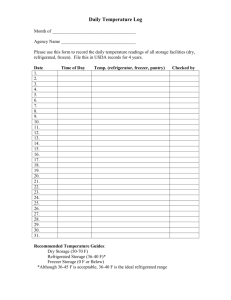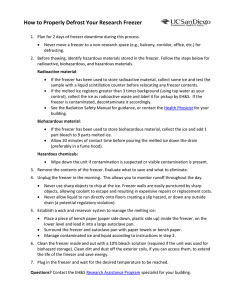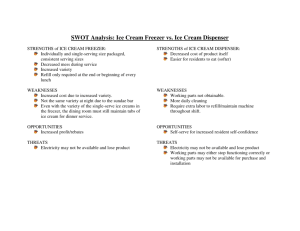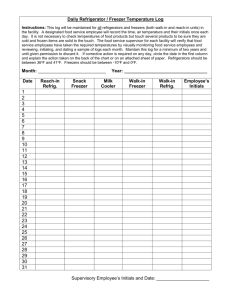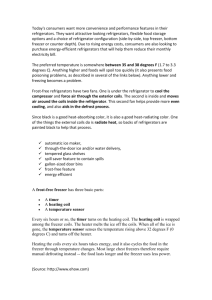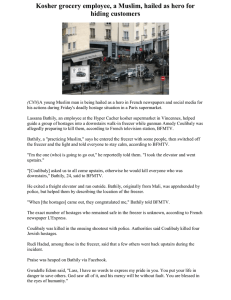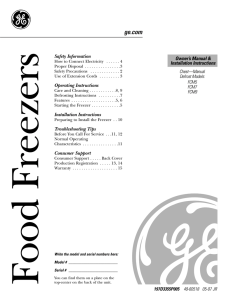7. Miscellaneous 7.1 Surplus
advertisement
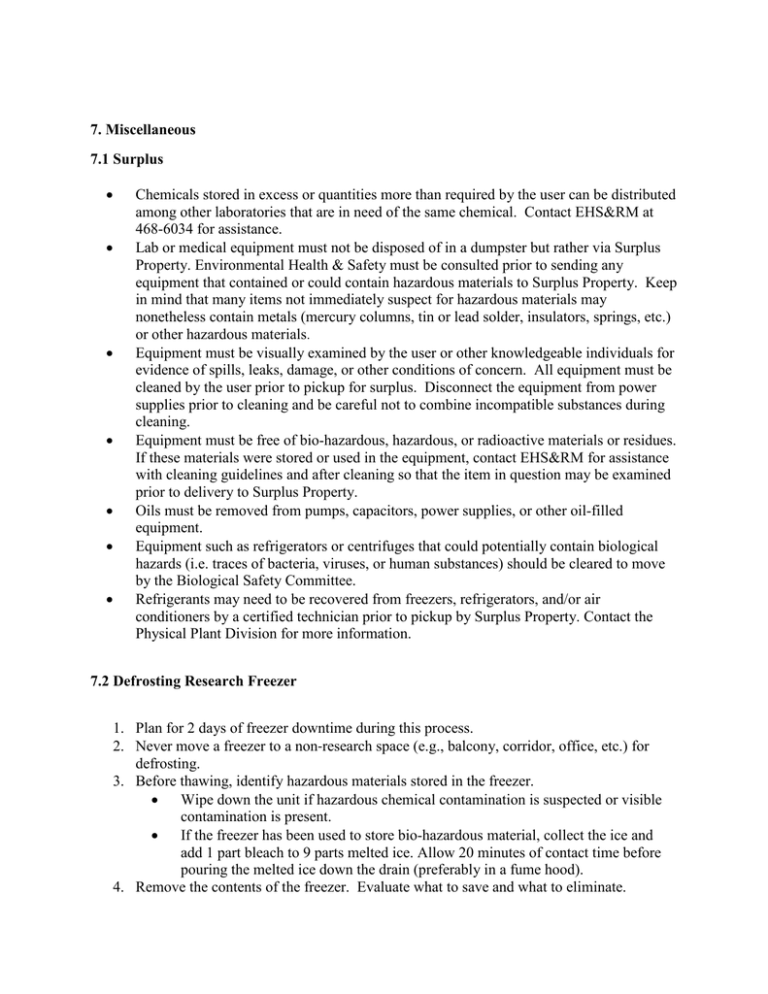
7. Miscellaneous 7.1 Surplus • • • • • • • Chemicals stored in excess or quantities more than required by the user can be distributed among other laboratories that are in need of the same chemical. Contact EHS&RM at 468-6034 for assistance. Lab or medical equipment must not be disposed of in a dumpster but rather via Surplus Property. Environmental Health & Safety must be consulted prior to sending any equipment that contained or could contain hazardous materials to Surplus Property. Keep in mind that many items not immediately suspect for hazardous materials may nonetheless contain metals (mercury columns, tin or lead solder, insulators, springs, etc.) or other hazardous materials. Equipment must be visually examined by the user or other knowledgeable individuals for evidence of spills, leaks, damage, or other conditions of concern. All equipment must be cleaned by the user prior to pickup for surplus. Disconnect the equipment from power supplies prior to cleaning and be careful not to combine incompatible substances during cleaning. Equipment must be free of bio-hazardous, hazardous, or radioactive materials or residues. If these materials were stored or used in the equipment, contact EHS&RM for assistance with cleaning guidelines and after cleaning so that the item in question may be examined prior to delivery to Surplus Property. Oils must be removed from pumps, capacitors, power supplies, or other oil-filled equipment. Equipment such as refrigerators or centrifuges that could potentially contain biological hazards (i.e. traces of bacteria, viruses, or human substances) should be cleared to move by the Biological Safety Committee. Refrigerants may need to be recovered from freezers, refrigerators, and/or air conditioners by a certified technician prior to pickup by Surplus Property. Contact the Physical Plant Division for more information. 7.2 Defrosting Research Freezer 1. Plan for 2 days of freezer downtime during this process. 2. Never move a freezer to a non‐research space (e.g., balcony, corridor, office, etc.) for defrosting. 3. Before thawing, identify hazardous materials stored in the freezer. • Wipe down the unit if hazardous chemical contamination is suspected or visible contamination is present. • If the freezer has been used to store bio-hazardous material, collect the ice and add 1 part bleach to 9 parts melted ice. Allow 20 minutes of contact time before pouring the melted ice down the drain (preferably in a fume hood). 4. Remove the contents of the freezer. Evaluate what to save and what to eliminate. 5. Unplug the freezer in the morning. This allows you to monitor runoff throughout the day. 6. Never use sharp objects to chip at the ice. Freezer walls are easily punctured by sharp objects, allowing coolant to escape and resulting in expensive repairs or replacement costs. 7. Never allow liquid to run directly onto floors creating a slip hazard, or down any outside drain (a potential regulatory violation). 8. Establish a wick and reservoir system to manage the melting ice: Place a piece of bench paper (paper side down, plastic side up) inside the freezer, on the lower level and lead it into a large autoclave pan. Surround the freezer and autoclave pan with paper towels or bench paper. Manage contaminated ice and liquid according to instructions in step 3. 9. Clean the freezer inside and out with a 10% bleach solution (required if the unit was used for biohazard storage). Clean dirt and dust off the exterior coils, if you can access them, to extend the life of the freezer and save energy. 10. Plug in the freezer and wait for the desired temperature to be reached.
